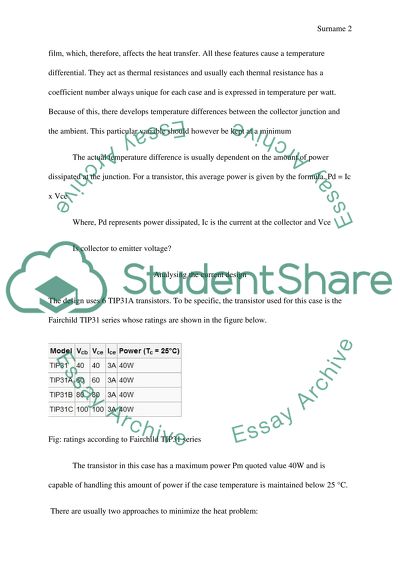Cite this document
(“Heat Transfer Design Project HOT Gantry Crane Research Paper”, n.d.)
Heat Transfer Design Project HOT Gantry Crane Research Paper. Retrieved from https://studentshare.org/design-technology/1670367-heat-transfer-design-project-hot-gantry-crane
Heat Transfer Design Project HOT Gantry Crane Research Paper. Retrieved from https://studentshare.org/design-technology/1670367-heat-transfer-design-project-hot-gantry-crane
(Heat Transfer Design Project HOT Gantry Crane Research Paper)
Heat Transfer Design Project HOT Gantry Crane Research Paper. https://studentshare.org/design-technology/1670367-heat-transfer-design-project-hot-gantry-crane.
Heat Transfer Design Project HOT Gantry Crane Research Paper. https://studentshare.org/design-technology/1670367-heat-transfer-design-project-hot-gantry-crane.
“Heat Transfer Design Project HOT Gantry Crane Research Paper”, n.d. https://studentshare.org/design-technology/1670367-heat-transfer-design-project-hot-gantry-crane.


